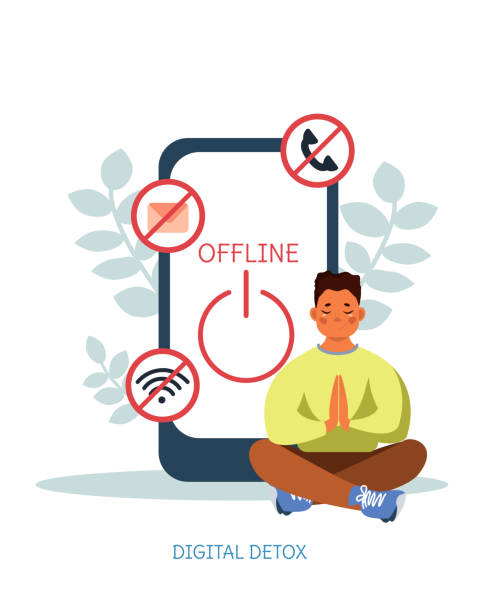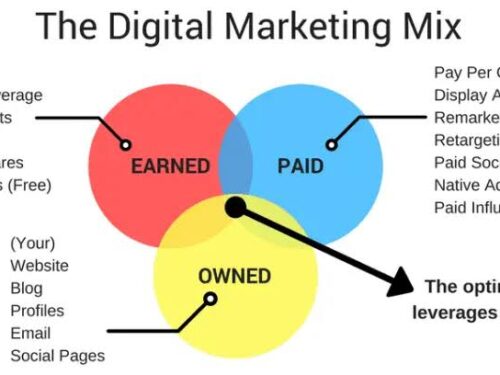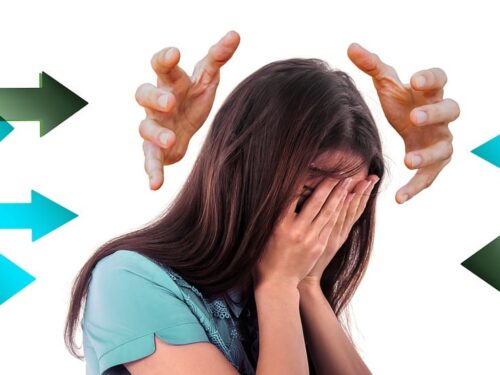081-4797-7173

In today’s world, digital devices play an increasingly significant role in how people work, communicate, and interact with each other. However, the widespread use of these devices has raised concerns that they may negatively impact users’ mental well-being. This has given rise to the “digital detox” concept – taking breaks from digital devices to improve mental wellness. In this article, we will look at the benefits of a digital detox for mental health and discuss how to implement one successfully.
Understanding Digital Devices’ Impact on Mental Health
Several studies have shown that too much screen time and constant connectivity can adversely affect the mental health of individuals. The continuous flooding of notifications, emails, and social media updates can contribute to a feeling of being constantly “on,” resulting in heightened stress levels. This continual state of alertness may trigger increased anxiety and feelings of overwhelm.
Furthermore, blue light from screens can disturb the body’s normal circadian rhythm, causing difficulty falling asleep and poor sleep quality. As a result, people may experience fatigue, annoyance, and a general decline in their well-being.
Social media, while designed to connect people, can also harm mental health. The carefully produced highlight reels of others’ lives can lead to unwarranted comparisons, encouraging feelings of inadequacy and low self-esteem. This behavior is known as “social comparison,” in which people assess their worth based on the seemingly ideal lives of others as depicted on social media.
Benefits of Digital Detox for Mental Well-being

Considering the potential adverse effects of excessive digital device use, it is essential to understand the benefits of digital detox.
1. Improved focus and productivity:
Taking a break from digital devices allows the mind to rest and recharge, increasing focus and productivity in daily chores. Individuals can devote more time to their jobs and leisure activities without being distracted by continual messages and alerts. This increased attention can lead to a stronger sense of success and satisfaction in everyday tasks.
2. Better sleep quality: Reduced screen time can help regulate sleep patterns, resulting in more excellent quality sleep and a more positive attitude. Individuals who sleep well may experience increased cognitive function, emotional stability, and stress management. Quality sleep is essential for healthy mental health, and a digital detox can help you build improved sleep patterns.
3. Enhanced social connections: Disconnecting from digital devices allows for more meaningful face-to-face contact, strengthening social links and lowering feelings of loneliness. Real-world discussions and activities can develop a stronger sense of connection and belonging. Developing solid social relationships is essential for maintaining excellent mental health and well-being.
4. Reduced stress and anxiety: Limiting exposure to digital stimuli can help you relax and feel better. Individuals can develop a stronger inner calm and resilience by making time for quiet thought and relaxation. Reduced stress and anxiety can lead to better emotional regulation and a general sense of well-being.
Strategies for a Successful Digital Detox

To reap the full benefits of a digital detox, it is necessary to implement strategies that foster a healthier relationship with technology.
1. Set clear boundaries: Set up specified times and locations where digital gadgets are not permitted, such as during meals or before bedtime. Creating dedicated tech-free zones can help people restore uninterrupted periods of concentration and relaxation. Furthermore, establishing boundaries for the usage of digital devices can promote a healthy mix of online and offline activity.
2. Engage in offline activities: To fill the hole created by digital devices, participate in offline activities such as revisiting hobbies, physical exercise, or spending time outdoors. Reading, handicrafts, and outdoor activities can provide a sense of accomplishment and joy outside the digital environment. Individuals who invest time in offline activities can acquire broader interests and experiences.
3. Practice mindfulness: Mindfulness methods, such as meditation or deep breathing exercises, can help you become more aware of the present moment and less reliant on digital distractions. Mindfulness can help people build a more positive connection with technology and improve their mental health. Individuals can become more intentional in their interactions with technology by practicing mindfulness when using digital devices.
4. Seek social support: Encourage friends and family to join you in a digital detox, offering mutual accountability and support. Participating in a digital detox as a group can promote a sense of belonging and a shared commitment to mental health. Individuals can foster a supportive environment that encourages a better digital lifestyle by incorporating others in the process.
In conclusion, a digital detox has significant mental health advantages, providing a path to regaining balance and cultivating a healthier relationship with technology. Individuals who take intentional breaks from digital devices and apply practices for a healthier digital lifestyle can benefit from improved focus, lower stress, and general well-being. Prioritizing mental health through digital detox is critical in leading a balanced and fulfilling life in the digital era.
0






